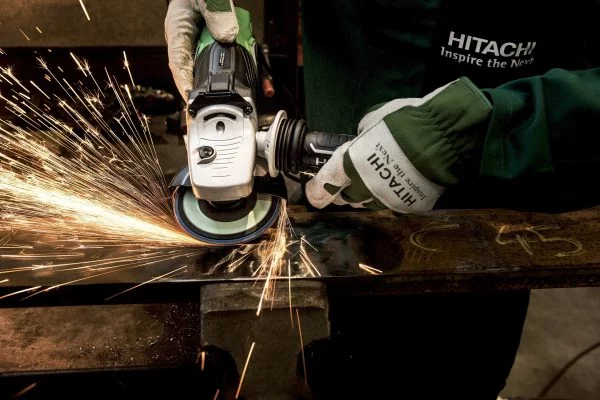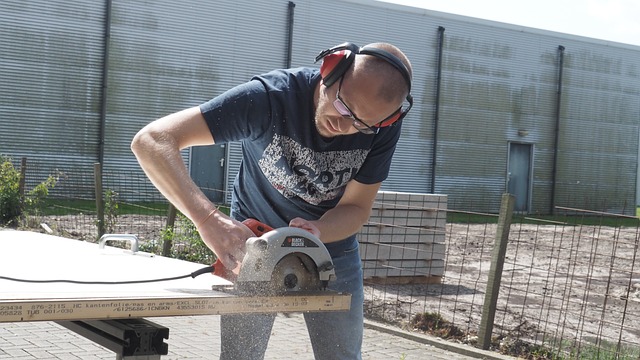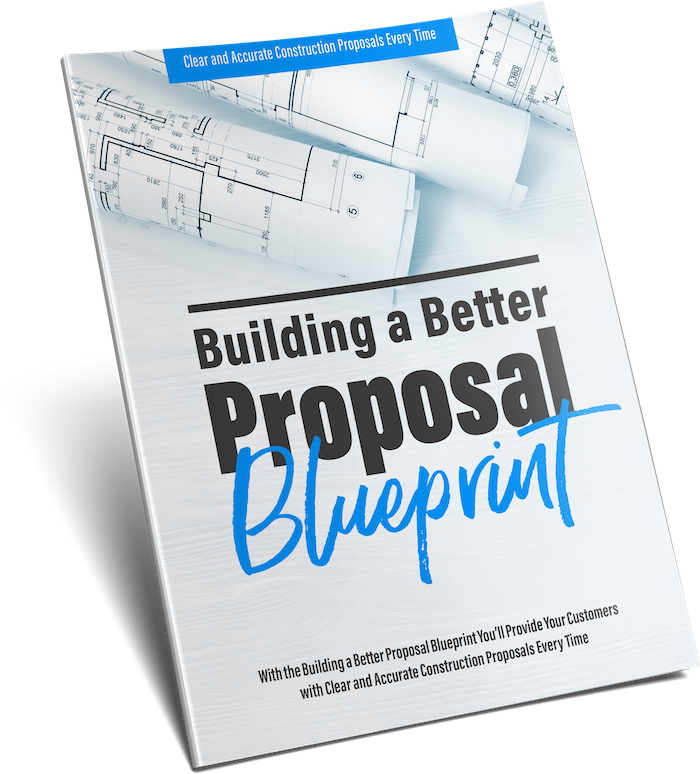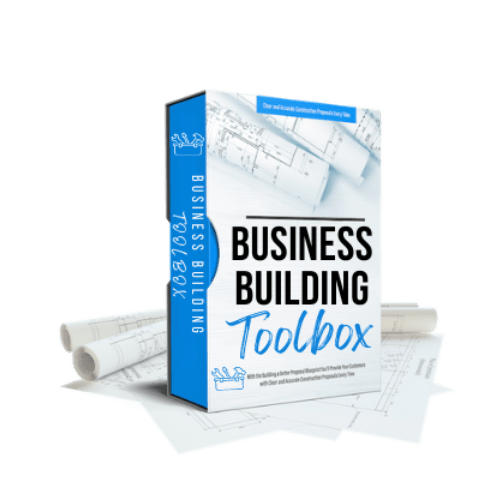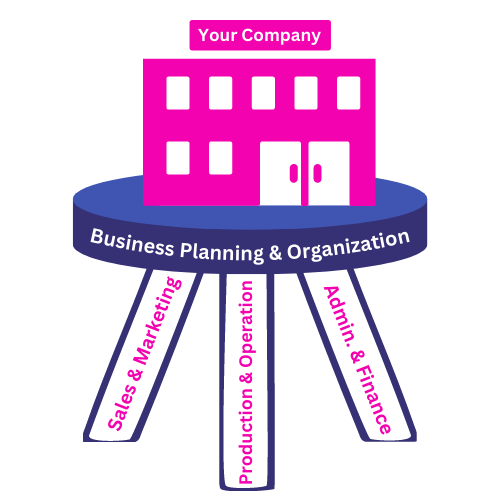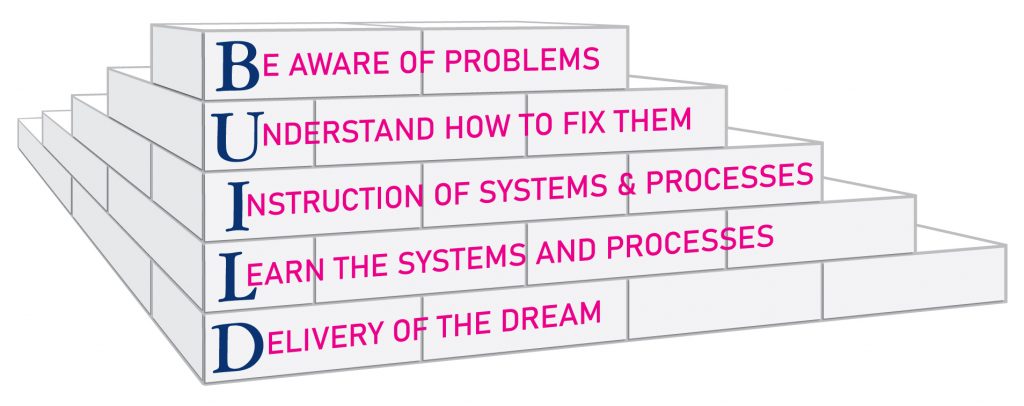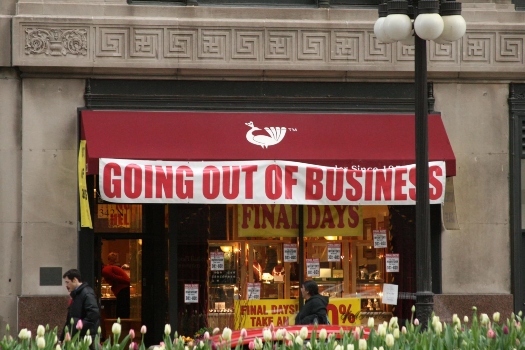Written Communication is Really the Only Way to Avoid This Problem
I have written multiple times about communication and the problems that come from the lack of communication. Most of the time this has been focused on communication between construction contractors and customers. This is certainly a problem, but can also be a problem between general contractors and subs.
Whether it’s subcontractors or customers, the communication responsibility lies with the general contractor.
Verbal communication leaves too many things open to interpretation.

Several years ago, a partner and I were meeting with a customer early in the process of building a new home. The customer pointed out that the distance from the electric meter to the house was more than the 50’ allowance, as per the written proposal.
He asked if this was a problem. My partner told him that it wasn’t a problem. Guess what…
It was a problem.
The problem didn’t surface until later when the customer was billed for the additional 100’. After some “digging”, the communication breakdown was uncovered.
The customer asked, “if it was a problem”. What he really was asking was…”is it going to cost more?”.

My partner’s response in reality was, “we can dig the additional 100’, but it will cost you three times as much as the 50’ allowance in the proposal”. But this isn’t what was said.
Neither of them intended nor expected this to be a problem. It was a simple matter of misunderstanding…a lack of communication.
Communication is, …the exchange of information and the expression of feelings that result in understanding.
Understanding is the tricky part.
Over the past few weeks, I’ve been reminded of the importance of communication with subcontractors as well as customers. When I had a situation where I hired a sub to do a bathroom remodel that I had never used.
He came with a couple of positive recommendations.
After talking with him on the phone, I sent him a scope of work and before and after drawings. He gave me a verbal price range over the phone. The high end of his price was in line with my budget.
I asked him if he would get me something in writing.

We met at the job site later that week on Friday and physically looked at the project. It so happened that he had a crew that could start the following Monday and have the job done ahead of schedule. This was important because the bathroom that was getting remodeled was the only one they had. Again, I asked for something in writing. Again, he assured me that his price was still good.
He showed up on time and things progressed on schedule. They got the demo done quickly and got the customer a shower back within a few days. Things were going well.
There also was some moisture damage that was unknown when we started. This meant I needed to give the customer a change order for this additional work. I called the sub to get a price. He said the way things were going, it should still be close to the high-end price he had given me previously.
I prepared a change order for the customer based on the extra work and felt that should be sufficient to cover the subcontractor.
When it was all said and done the subcontractor’s bill was almost $4,000 more than he told me or what I had budgeted. On top of that he was unwilling to negotiate a settlement somewhere in the middle.
Surprise! I should have gotten something in writing.

Looking back, I should have pushed back more and gotten something in writing. But I was looking out for the customers and the subs availability. The speed with which they said they could do the work swayed me to move forward without anything written down.
I know that small and midsized contractors don’t like to spend the time and effort to do paperwork.
I understand, it takes time. The question we should ask is this…
Is it better to spend the time communicating before the project starts or wait until there’s a problem and everybody’s upset?
I understand that details and information take time, but I think it’s essential to good communication.
I knew better and can’t blame anyone but myself for being in this situation.
Even though I had the tools I needed to avoid this situation I didn’t use them. If you don’t open the toolbox and get the tools out, they can’t help you build your company.
Most construction contractors don’t have the tools they need for building a better business. That’s why we’re in the process of filling up a toolbox with tools to help you build the construction company of your dreams.

Whether it’s proposals, contracts, change orders, progress payments, or having money to pay your taxes, there’s a tool for it. We also plan to offer instructions, coaching, and consulting to help you learn to use these tools.
If you have questions and would like to find out if these tools would be a good fit for you, you can schedule a free consultation here.
Poor communication is the number one reason for disagreements. Avoid disagreements by taking the time to get the tools needed to avoid costly miscommunication.



